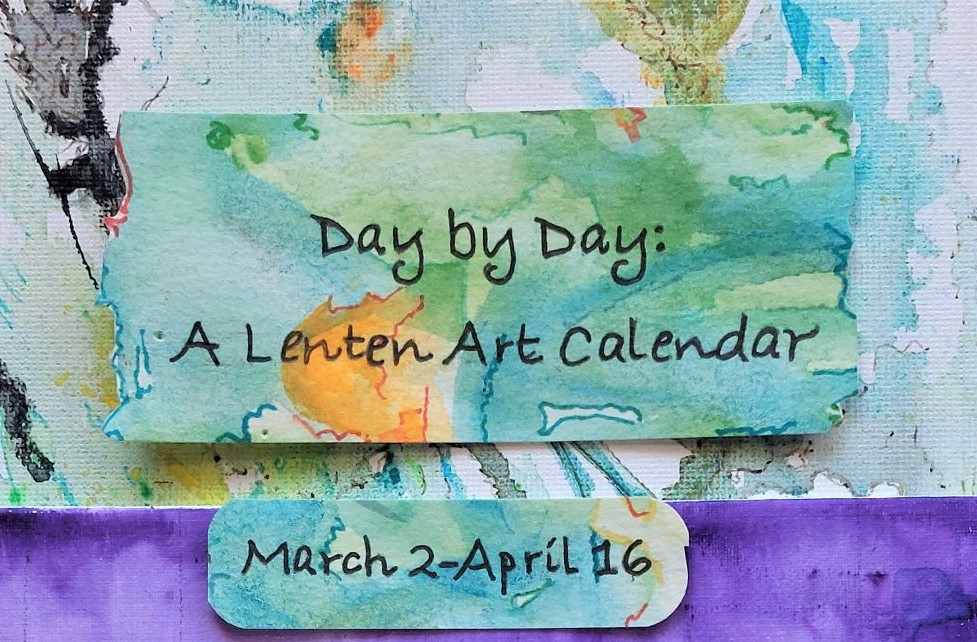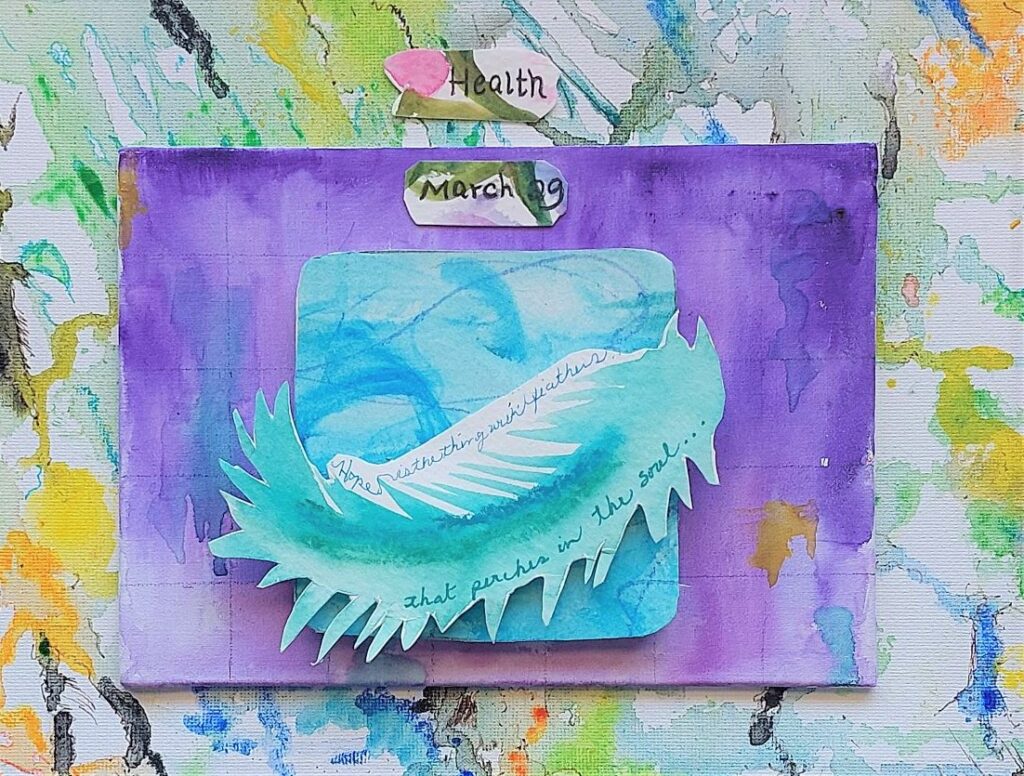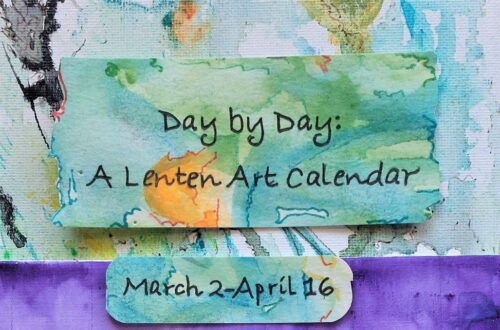
Tulips and Feathers
When my laptop’s screensaver flashed a photo of row after row of tulips at the world-famous Keukenhoff Tulip Gardens just outside of Amsterdam, my mind flashed to a memory of walking through those gardens with my family, who are Dutch residents. It is impossible to capture the experience even if I were to take a thousand pictures (which I probably did). The road to the gardens is lined with awe-inspiring fields of color-coordinated hardy blossoms, but nothing can compare with the garden itself. We walked along winding pathways through acres of tulips of all colors and types in exquisitely manicured beds. Every turn brought new waves of colors and we were lost in a sea of beauty. In one of the pavilions, we read about the planning, the precise timing, the hours of planting and the tending that goes into this display that lasts only a few weeks each year. Thousands of tulips required thousands of hours of work, not just by the horticulturists and landscapers that tend the garden, but by the farmers who supply the bulbs year after year.
It is said that farmers are the most hopeful of people, always looking ahead with anticipation for a bumper crop while working night and day to ensure that it happens. If that is true, then Dutch tulip farmers must be among the most hopeful people in the world. In the cold, gray, wet winter months, they dig and plant small bulbs by the millions. There is no substitute for the backbreaking work that goes into producing these flowers, once so precious that they were used as currency in the Dutch economy. It is this kind of hope, this working hope, this strong hope, that keeps us slogging on towards beauty even while we are mired in mud.
Optimism pictures a world full of flowers; Hope plans the garden, digs and plants the bulbs and shares the bounty. People who research hope describe it as more solid than optimism. Hope may start with a dream, but hope picks up a trowel and starts to dig. Hope plants a small brown bulb and plans for it to burst with color. Hope is a uniquely human quality that believes in a better future, and also the power to make it so. 1 When we have a tulip-hope, we do our part to craft a more beautiful world.
Hope is the thing with bulbs and roots. Hope is the hand that digs.
I live in hope that the painted bunting that graced our bird feeders during last July will return this year. There is nothing like the sight of that wild display of colored feathers that make this songbird look like he is an exile from a South American jungle. Chartreuse, royal blue, crimson, yellow- the feathers are brighter than any paint palette could capture. These little birds are rare visitors, and may become rarer still as the habitat of songbirds slowly diminishes. Hope returns each summer when these resilient creatures arrive. This kind of hope is what some people call “a sticky hope”. Resilience is its byword, and joy it is purpose. I give my hope wings by creating a hospitable habitat that could make the difference in the survival of this species, one bird at a time: a brushy, pesticide-free haven, a full feeder and a relatively predator-free yard. Where there is no vision, the people perish, so it’s said2 and so I work to make this feathery vision a reality. Hope is hard work, yes, but it is also the stuff that dreams are made of, a floating, ethereal dream that is tinted chartreuse, royal blue, crimson, and yellow. This kind of hope sticks to our souls and becomes a part of us and then outwards to this precious, fragile world.
Hope is the thing with feathers that perches in the soul.
The wonderful thing about hope is that all of us, even the naturally pessimistic (or realistic as my husband likes to say) can increase our hope factor. Since hope-filled people live healthier, longer, happier lives than negative ones, it’s time to find some hope instructors. I think I’ve got that covered. It’s too late for me to plant tulip bulbs, but a packet of flower seeds will do. I’m headed off to the garden center tomorrow. And while I’m at it, a stop at the wild bird store is in order. I hear there’s a special on songbird mix. Soon, I’ll be on the lookout for a feathered soulmate and some seedlings popping through the soul. It’ll take a while…but I’m hopeful.

Aaah, here it is- that famous poem about hope and feathers. This entry wouldn’t be complete without a feather of hope. It may seem as light and ethereal as a bird’s wing, but it was made with a soulful vision, a keen eye, and strong hands. I wish I had a field of tulips to share with you as well but I hope to add that some day soon…
Here is Emily Dickenson’s famous poem in its entirety. It is a thoughtful description of a resilient, strong hope and an ethereal, visionary one.
“Hope” is the thing with feathers –
That perches in the soul –
And sings the tune without the words –
And never stops – at all –
And sweetest – in the Gale – is heard –
And sore must be the storm –
That could abash the little Bird
That kept so many warm –
I’ve heard it in the chillest land –
And on the strangest Sea –
Yet – never – in Extremity,
It asked a crumb – of me.
How has a tulip-hope kept you grounded? How has a feather-hope set you free to fly?
1 This definition of hope is from The Hope Research Center at the University of Oklahoma-Tulsa
2 Where there is no vision, the people perish. Proverbs 29:18 KJV


